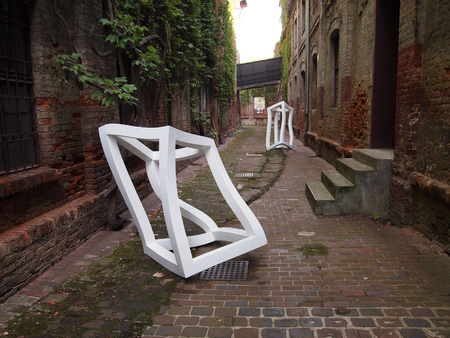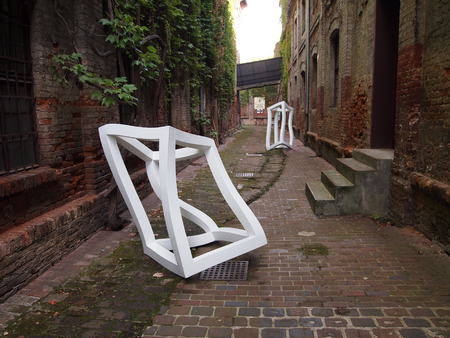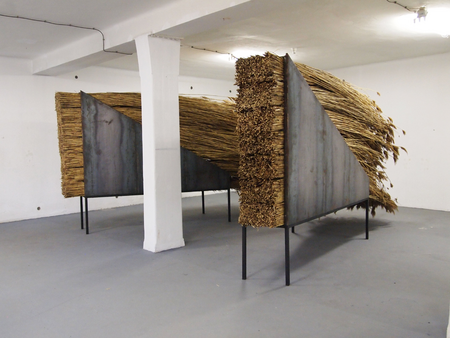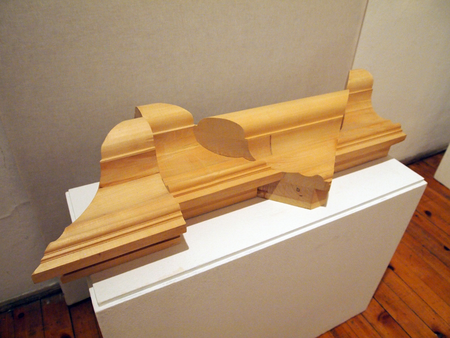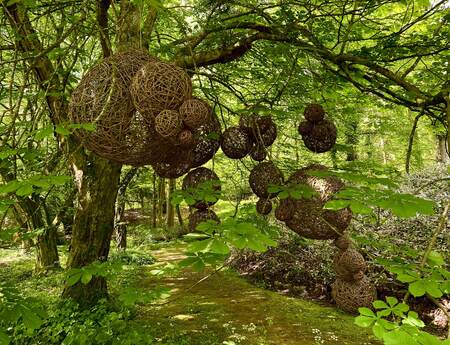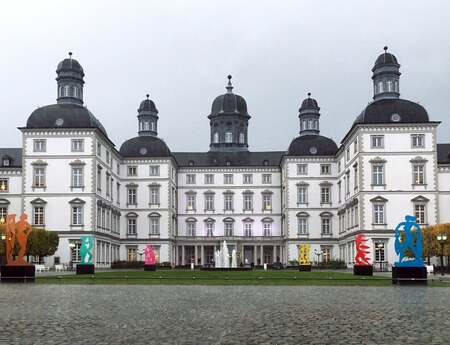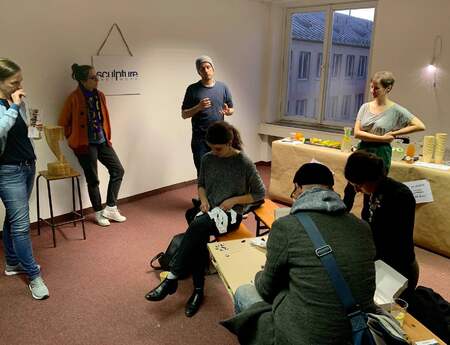13th Triennial of Croatian Sculpture
sculpture network collaborated on an Awards Ceremony and an Artist Talk. A visit of the Triennal of Croatian Sculpture.
During its thirty six years of existence the Croatian Sculpture Triennial has become a recognized national event which displays the best contemporary sculptural art created in the past three years. Every three years it highlights a cross-section of sculpture and helps to decode the current situation in the sculpture world, while providing an update on all sculpture issues. The Triennial of Croatian Sculpture takes place at the Croatian Academy of Arts and Sciences - Glyptotheque Zagreb - again this year from September 20th to November 11th.
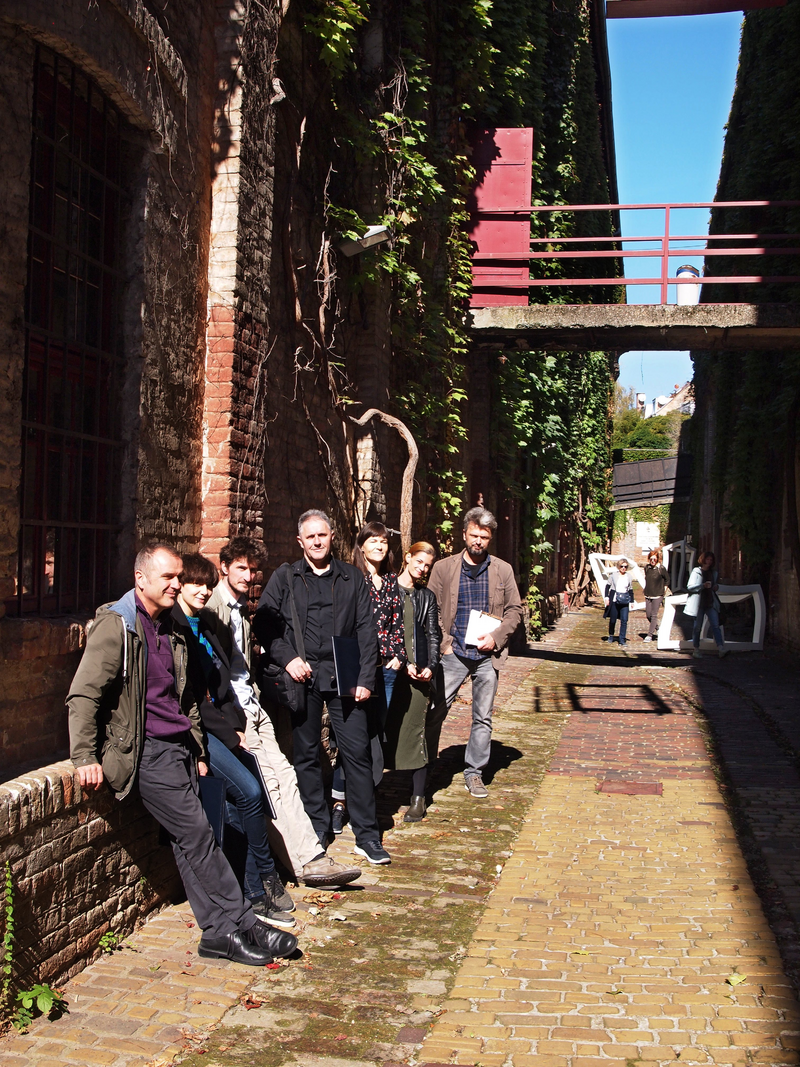
This year's Triennial presents 130 works made by 107 different sculptors. The exhibition is very well-received by the public and is viewed as a true festival of sculpture art often described as diverse, rich and succulent. The main criterion for the selection of works this year was quality, with the desire to present all different types of sculpture media and forms that make up sculpture today.
The award ceremony of the 13th Triennial of Croatian Sculpture was managed somewhat differently from previous years. For the first time, the awards were made after the opening, in order to give the same opportunity for competition to the performances that were perform on the opening day of the exhibition. The award ceremony was also joined by sculpture network’s coordinator for Croatia, Marina Bauer. This year Marina was also a member of the managing board of the Triennial and she organized and executed an Artist talk with seven of the artists who had received awards.
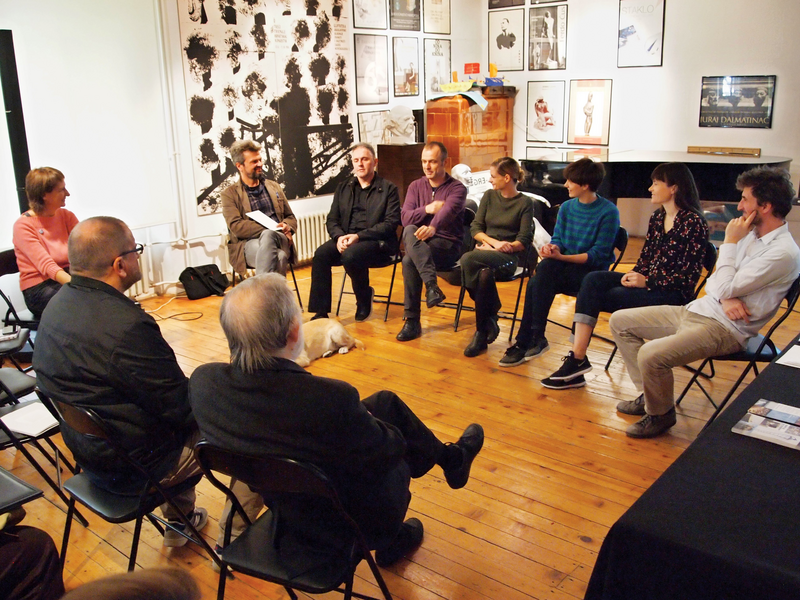
The jury, composed of well-known Croatian sculptors and art historians, awarded the Grand Prix of Triennial to Vedran Perkov for his artwork Jungle. Three other prizes were awarded equally to Valeria Jakuš, Nina Kamenjarin and Alem Korkut. This year the Triennial presented an Award of Sculpture Workshop Lokve for the first time. Over the next two years the winners of this award, Miroslav Sabolić and Vladimir Novak, have the opportunity to participate in this extremely interesting colony where artists create sculptures of wood and exhibit them in the forest landscapes of Gorski kotar districts. The jury of the Croatian Section of AICA, The International Association of Art Critics at UNESCO, awarded the AICA Award to Tanja Vujasinović.
After the award ceremony, Marina Bauer moderated an exchange with all seven of this year's award-winning artists. In the very interesting conversation that followed the winners briefly introduced themselves, presented their work, talked about their creative process and about their plans for the future.
Despite positive atmosphere of the the conversation with the award winners, it is impossible not to notice the great problems which artists in Croatia are faced every day with. A lack of governmental support and an art market that hardly exists, hamper artists in terms of both creativity and production and prevents them from functioning and developing in the way they should and would prefer. Discussions and conversations such as this one are certainly a good way to foster a common dialogue, to make more people aware of these general problems and to generate new ideas and solutions to them. Connections with international networks such as sculpture network are also necessary to guarantee the prosperity of any artist - in today's world it is impossible for an artist to function merely within the confines of their home country and its environment.
Details about the artists, their works and some of the points made during the artist talk
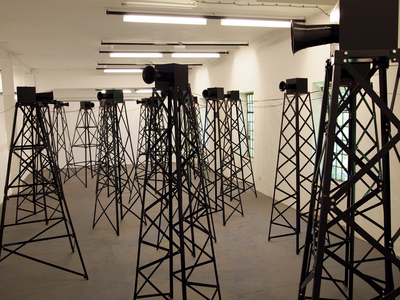
Winner of the Grand Prix, Vedran Perkov from Split, works as assistant professor in the Painting Department at the Split Academy of Art. In addition to working as an author work, he occasionally works as a curator. His artwork Jungle, which he presented at this year's Triennial, is an installation made of metal towers with speakers that broadcast audio recording of historically important people. When choosing a speaker, he doesn’t differentiate between a positive or negative impact of the speaker, thus recordings can be heard from Gandhi and Hitler, Stalin and Mother Teresa. Due to the large number of speeches being played at the same time, the entire area is dominated by a murmur. When one of the speeches begins to repeat a slogan or voice, all the others follow and imitate it. Sense and nonsense are constantly emerging and disappearing. In his artwork Perkov discusses different systems of values and the criteria that form these systems. He emphasizes the importance of a person, act, work, or idea in a particular social or historical moment and demonstrates the degradation, mutation or misuse of these ideas.
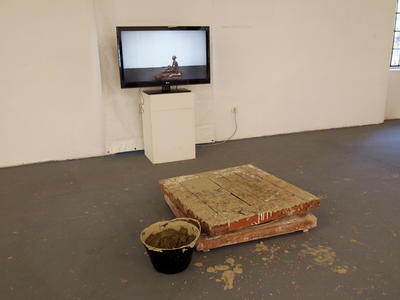
Nina Kamenjarin is a young artist recently graduated from Split who performed a piece called Symbiosis at the opening of the Triennial. The performance begins with her standing naked on a pedestal that is usually used for sculpture models. She then coats her body with a thin layer of clay, thus presenting herself as the sculptor in the act of 'modeling' while, at the same time, assuming the role of the model who is periodically changing poses on the pedestal. The performance lasts as long as it takes for the clay on her body to dry up and start to scale. Nina pointed out that for her this performance is a logical continuation of sculpture, the media she studied. Her body is the bearer of all the attributes of the sculpture and with this performing act she is adding to the active dimensions of time and action. She stresses that her creative spark comes from writing which serves as a type of meditation and, she adds, that the ideas for creation are born from repeatedly reading the written material. She emphasizes that lately she felt like her artwork and inspiration was stagnating, but that this award will certainly be a huge boost for her artistic creation.
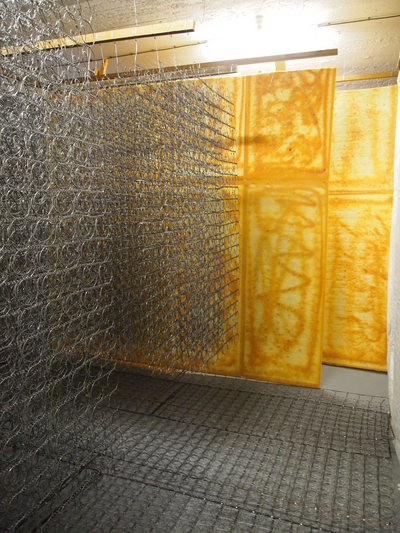
The installation by Valerija Jakuš, a young artist recently graduated from Zagreb, Procrastination, was created by deconstructing 30 old mattresses, unnecessary and rejected products of modern society. Their components served as building elements for a spatial installation in the form of a labyrinth. Starting at the surface of the mattresses, the observer continues to the center of the labyrinth where he is confronted with the core of a mattress, i.e. metal springs, and also the realization of the potential for action and energy stored within it. Talking about her creative process, she said that her ideas stem from her immediate surroundings and the material around her. Like most other artists of her generation, she mentioned money and the difficult situation facing young sculptors after graduating from the Academy as central problems. Graduates are thrust directly into a hostile environment which provides no opportunities for exposure or a breakthrough.
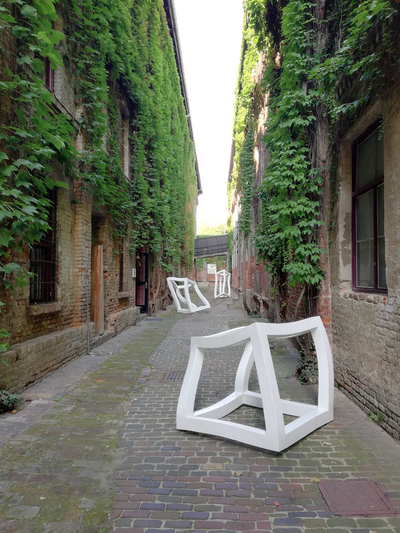
An equivalent award was also given to Alem Korkut who works as a professor at the Academy of Fine Arts in Zagreb. The three sculptures that he is exhibiting at the Triennial are part of a larger group of 12 pieces called Body. The sculptures are a continuation of his earlier works called Weakness / Strength which he exhibited several years ago at an independent exhibition in the Gliptotheque. Alem pointed out that the idea of his work is to move the geometric body beyond the secure solid facts it usually characterizes, adding the features of deformation of the human body, as well as social deformities to it. In his opinion, the most important thing for the creative process of the artist is to have the opportunity to realize what he wants and, in order to do so, it is necessary to have a space where he can work and experiment undisturbed.
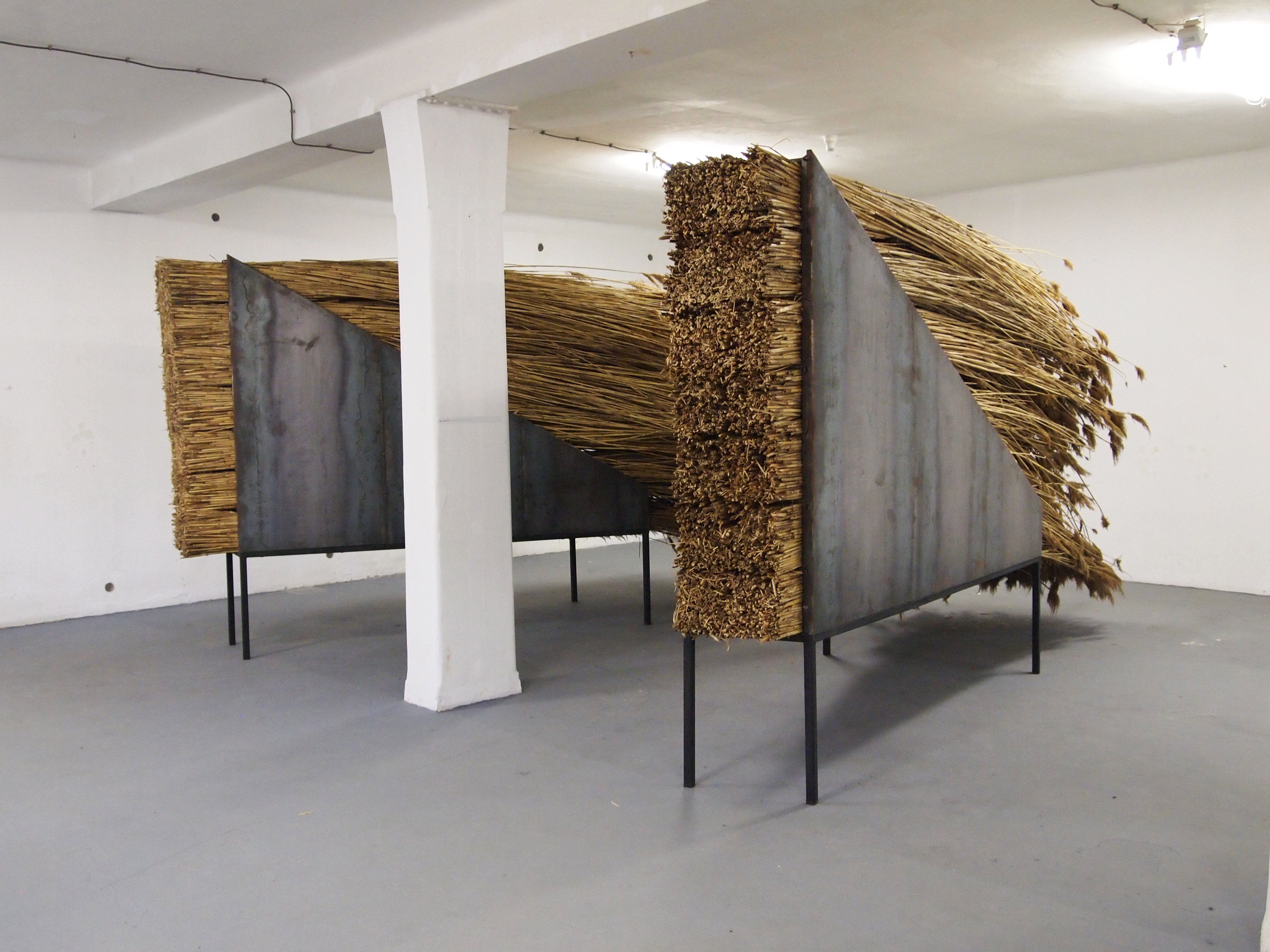
The winner of the Award from the Lokve Sculpture Workshop, Vladimir Novak, presented his work CGZ06_18. It is a monumental installation of pure architectural forms made of reeds and metal. He has changed this same installation few times before by exposing it in a new space each time (French Pavillion in Zagreb, Krapina) and creating new situations. Reed is a material that has intrigued and inspired Vladimir for a while and he has also used it as a building material in his previous works, always combining and contrasting it with other materials such as a wood, concrete or iron.
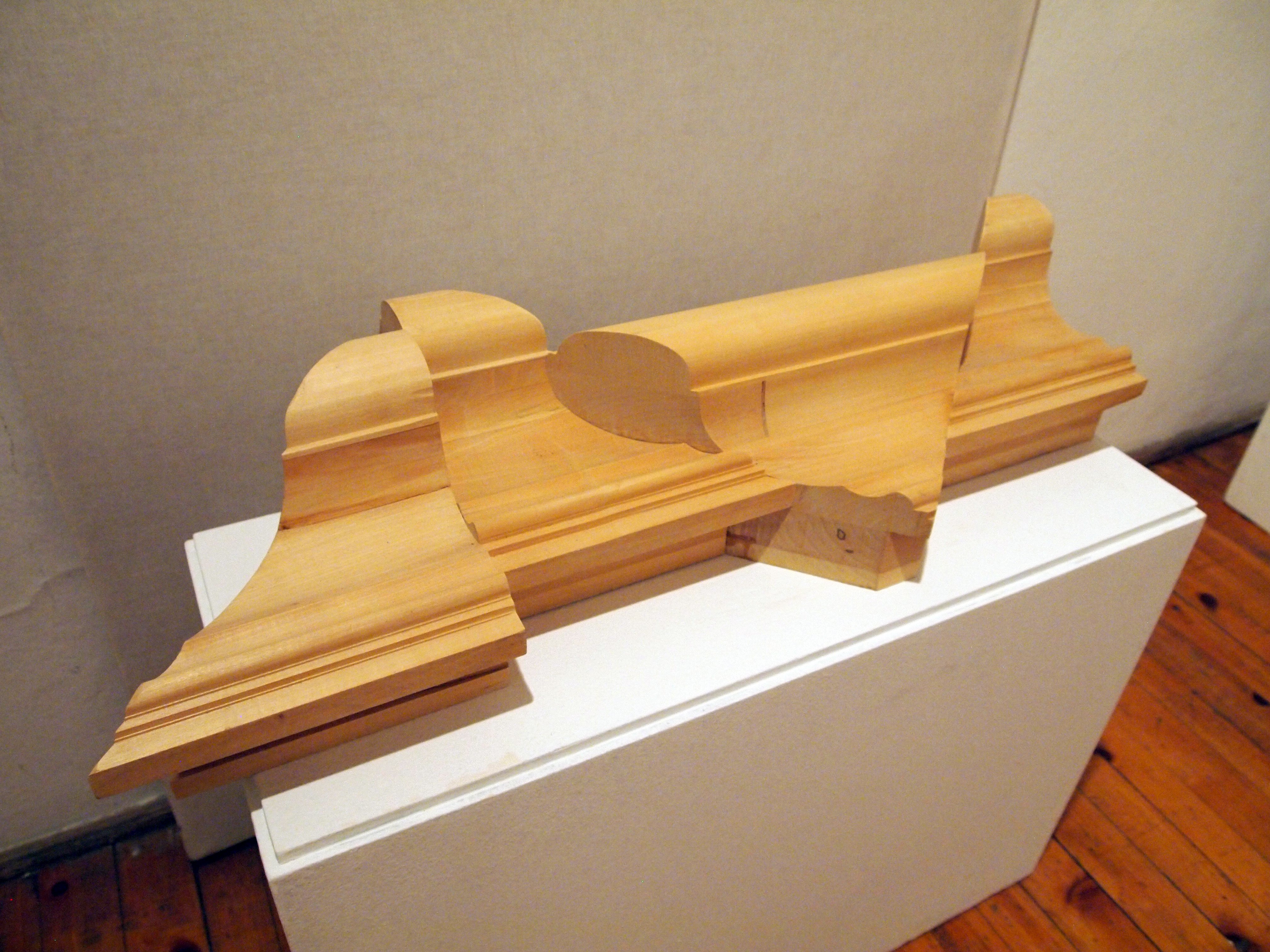
The artworks Discontinuity and Poetry of Construction by Miroslav Sabolić are inspired by picture frames which he sometimes views as more intriguing visual elements than the painting itself. A classical wooden frame served as a sculpture element which he then shaped into a mass that harmoniously forms a certain rhythm and melody.
Sabolić says that he lets the creative process be determined spontaneously, he recognizes the things around him that occupy his mind and inspire him. He works at the School for Applied Arts in Zagreb and concluded that he is also inspired by working with young people, where he is constantly surrounded by new ideas.
Tanja Vujasinović, the winner of the Croatian Commission of AICA award, is also present at the Triennial with two artworks, The Scene and The Storage, both of which deal with a similar issue of institutional critique. The work The Scene is a sound installation consisting of a clay model of the Museum of Contemporary Art in Zagreb and an audio component - three contemporary artists talking about the problems of the art scene in Croatia (lack of fees, production costs of artworks, lack of art market). In this case, the broken clay model of the MCA is a symbol of a home-made art scene - which also cracked.
The second piece, The Storage, continues on the same theme as the Scene, focusing on the problem of storing works after a sculpture has passed through the exhibition cycle. It is a sculpture of a four meter long rhinoceros that Tanja exhibited at the 11th Triennial of Croatian Sculpture. This time it is exhibited wrapped up inside the museum storage space, being used that way as a storage facility for the duration of the exhibition. Most of the other artists present also recognize themselves in the aforementioned issue, highlighting the lack of storage space as a major problem for sculptors which limits them in their creative process.
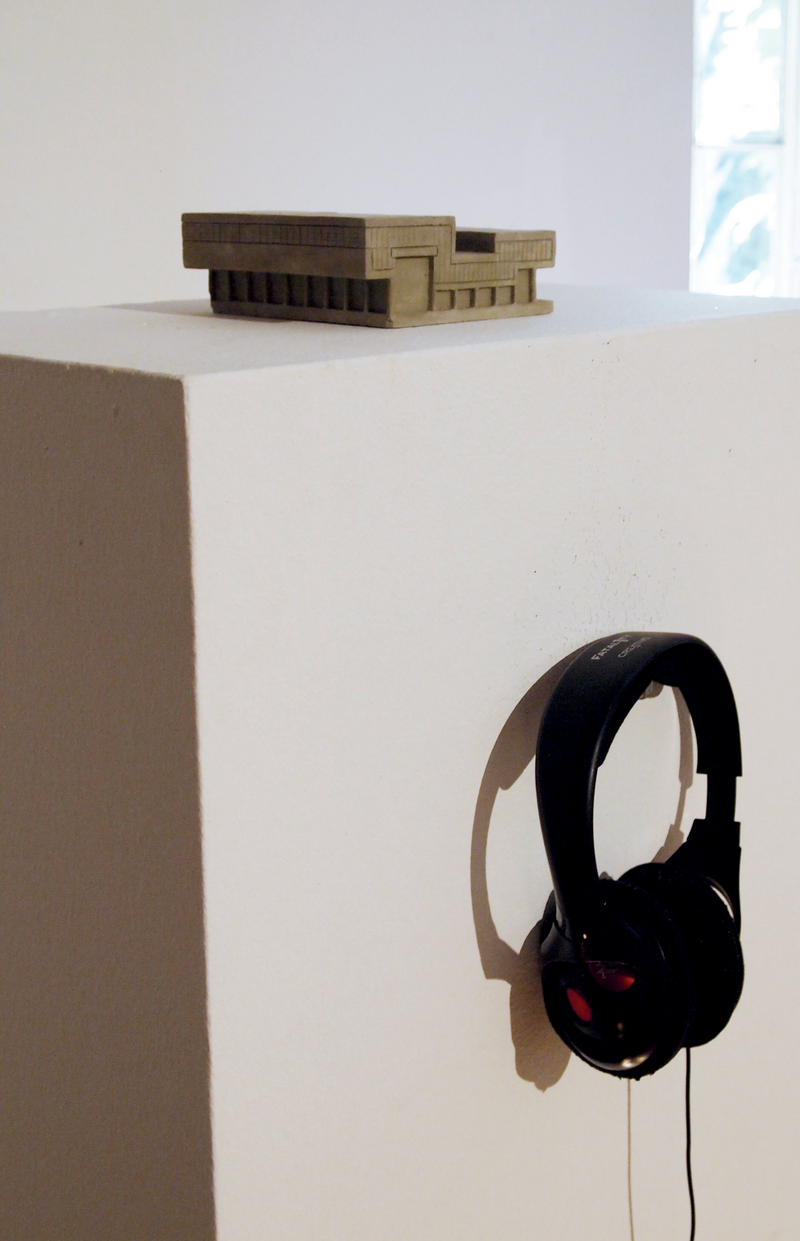
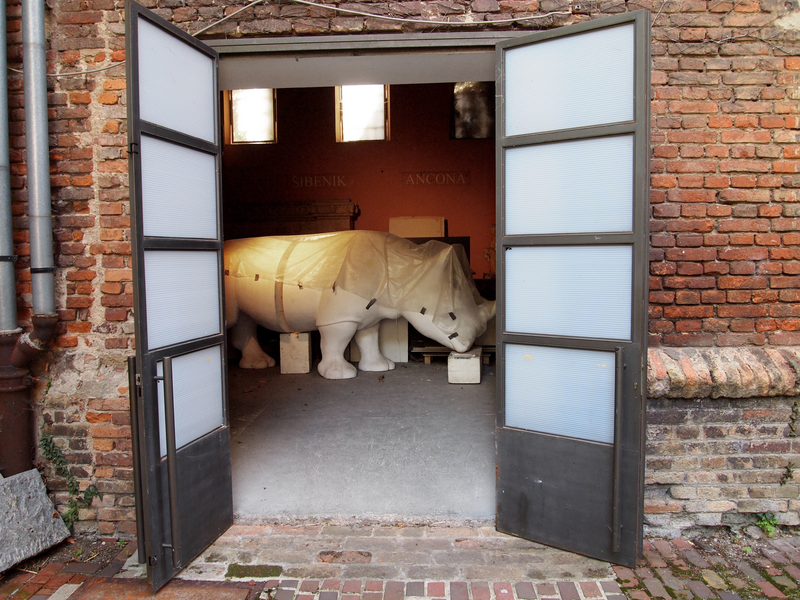
Author: Filip Turković Krnjak
Filip Turković-Krnjak graduated with a Master's Degree in Archeology and Art History at the Faculty of Humanities and Social Sciences in Zagreb in 2009. He worked as a curator at The Art Pavilion in Zagreb, The Strossmayer Gallery of Old Masters and as a documentalist in Institute of Art History, Glypthoteque and in Croatian Museum of Naive Art. Since 2017 he works as curator at Croatian Academy of Sciences and Arts – Glypthoteque.
